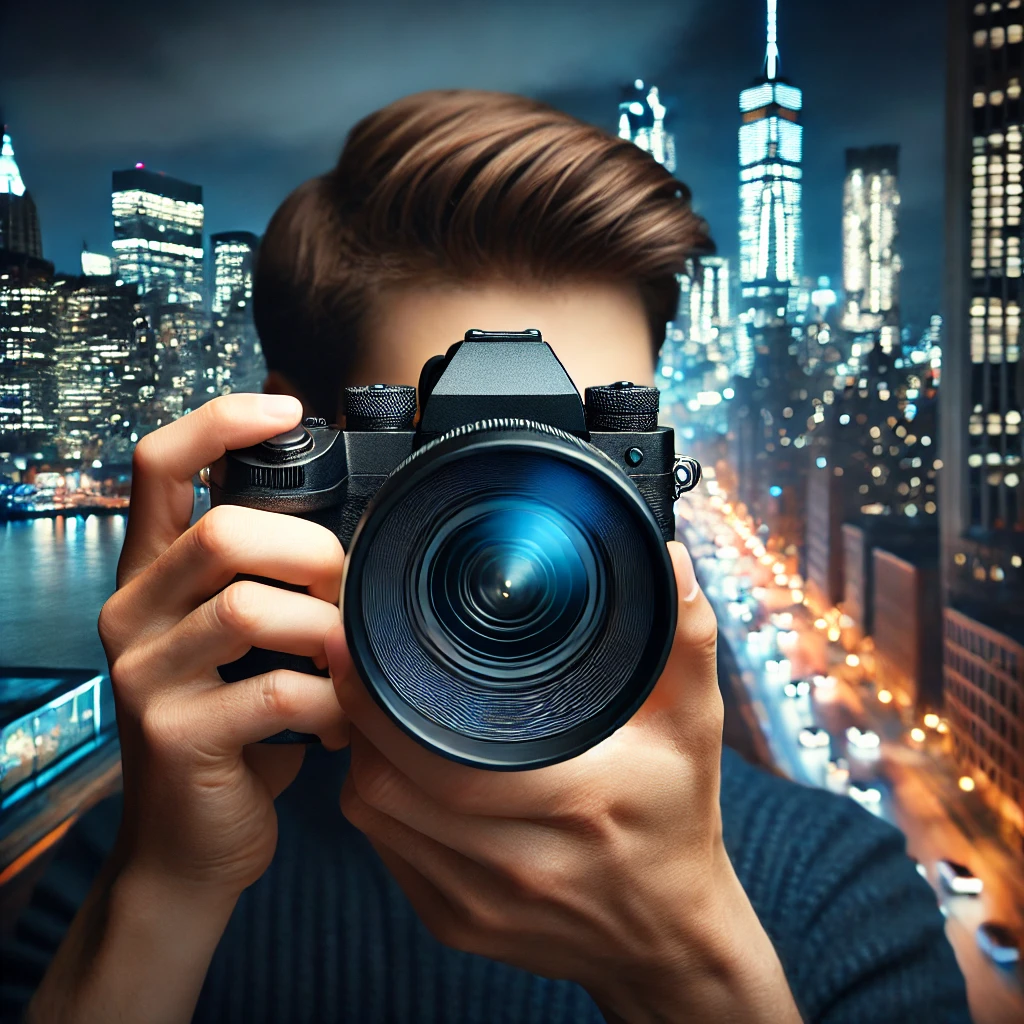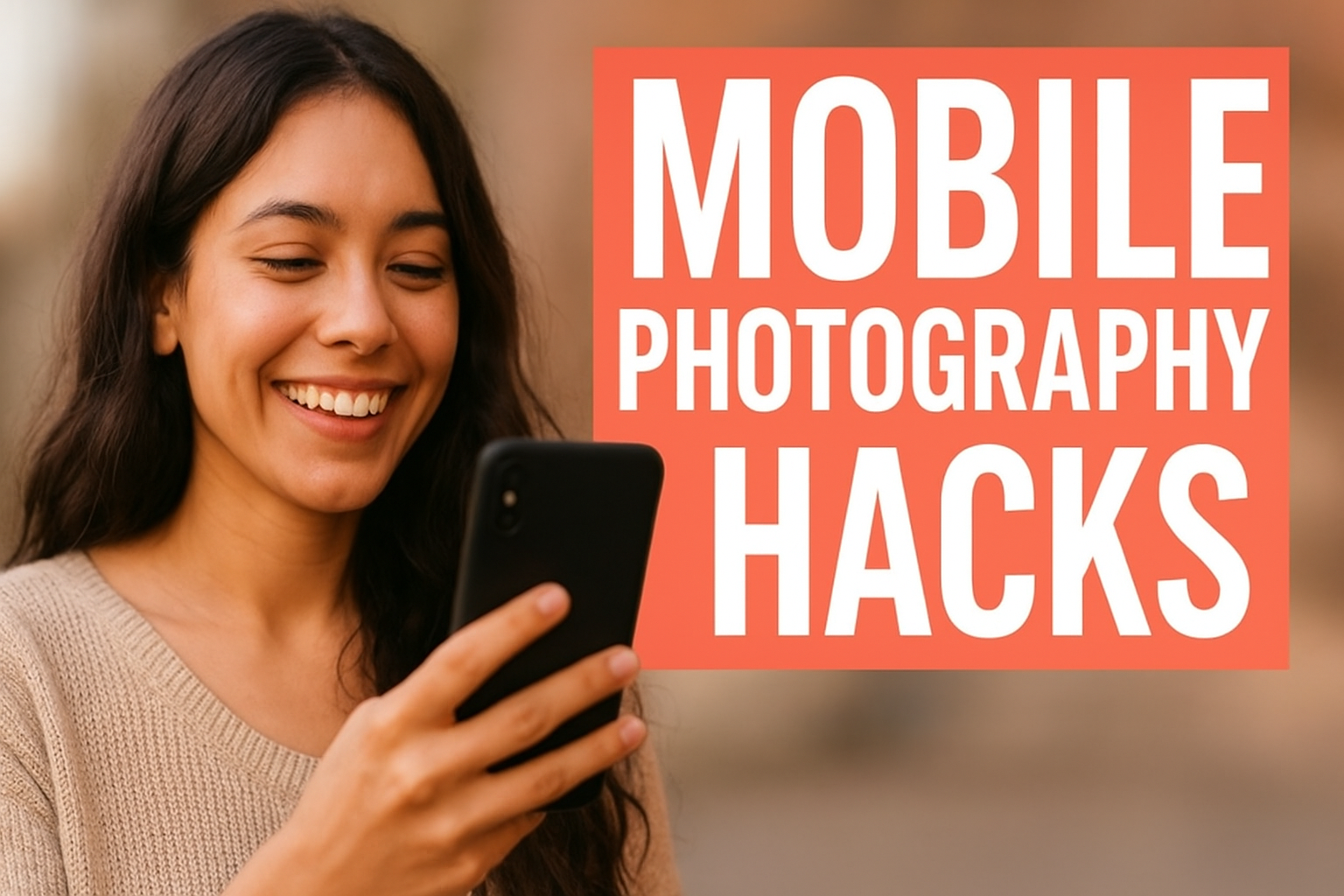Capturing stunning photos in low-light conditions requires more than just a keen eye—it demands a powerful DSLR camera designed to excel in such environments. Whether you’re shooting nightscapes, indoor portraits, concerts, or astrophotography, having the right DSLR can make all the difference. In this comprehensive guide, we’ll explore the best DSLR cameras for low-light photography based on sensor size, ISO capabilities, autofocus performance, and dynamic range. Let’s dive into the top models that dominate low-light photography in 2025.
1. What Makes a DSLR Camera Great for Low-Light Photography?
1.1 Large Sensor Size
- Full-frame sensors capture more light than crop sensors (APS-C), making them ideal for low-light conditions.
- Bigger pixels mean better light absorption, reducing noise in dark settings.
1.2 High ISO Performance
- The best low-light DSLRs have ISO ranges that extend beyond 25,600 with minimal noise.
- Dual native ISO technology helps maintain clarity even in extreme low-light.
1.3 Wide Aperture Lenses Compatibility
- A DSLR that supports fast prime lenses (f/1.2 – f/2.8) allows for better low-light photography.
- 50mm f/1.4, 35mm f/1.8, and 85mm f/1.2 are popular choices.
1.4 Advanced Autofocus Systems
- Cross-type AF points improve focus accuracy in dim settings.
- Low-light AF sensitivity, measured in EV (exposure value), determines how well a camera focuses in near-darkness.
1.5 Dynamic Range & Image Processing
- A camera with high dynamic range (HDR) captures more shadow and highlight details.
- Advanced image processors help clean up noise and enhance contrast.

2. Top 7 DSLR Cameras for Low-Light Photography in 2025
2.1 Canon EOS-1D X Mark III
- Sensor: Full-frame CMOS
- ISO Range: 100-102,400 (expandable to 819,200)
- Autofocus: Dual Pixel AF with 191-point system
- Why It’s Great: Exceptional low-light performance, superb dynamic range, and professional build quality.
2.2 Nikon D6
- Sensor: Full-frame FX-format
- ISO Range: 100-102,400 (expandable to 3,280,000)
- Autofocus: 105-point AF system
- Why It’s Great: Industry-leading low-light focusing, fast processing, and superior high ISO clarity.
2.3 Canon EOS 5D Mark IV
- Sensor: Full-frame 30.4 MP
- ISO Range: 100-32,000 (expandable to 102,400)
- Autofocus: Dual Pixel AF with 61 AF points
- Why It’s Great: Balanced for professionals and enthusiasts, great for weddings and night photography.
2.4 Nikon D850
- Sensor: Full-frame 45.7 MP
- ISO Range: 64-25,600 (expandable to 102,400)
- Autofocus: 153-point AF system
- Why It’s Great: Stunning dynamic range, excellent noise control, and unmatched image quality.
2.5 Pentax K-1 Mark II
- Sensor: Full-frame 36.4 MP
- ISO Range: 100-819,200
- Autofocus: 33-point AF system
- Why It’s Great: Affordable, impressive night photography capabilities, and built-in Astrotracer.
2.6 Canon EOS 90D (Best Budget Option)
- Sensor: APS-C 32.5 MP
- ISO Range: 100-25,600
- Autofocus: Dual Pixel AF with 45 cross-type points
- Why It’s Great: Excellent for beginners, lightweight, and versatile.
2.7 Nikon D750 (Best Value for Money)
- Sensor: Full-frame 24.3 MP
- ISO Range: 100-51,200
- Autofocus: 51-point AF system
- Why It’s Great: Affordable full-frame with superb low-light abilities and high dynamic range.
3. Essential Tips for Shooting in Low Light
3.1 Use a Wide Aperture
- Lenses with f/1.2 to f/2.8 aperture allow for more light intake.
- A 50mm f/1.4 is a great choice for portrait photography in low light.
3.2 Adjust Your ISO Wisely
- Start with ISO 800-3200 and increase based on conditions.
- Avoid extreme ISO settings unless your camera handles noise exceptionally well.
3.3 Use a Tripod for Long Exposures
- Helps stabilize shots in extreme low-light settings.
- Essential for night photography and astrophotography.
3.4 Shoot in RAW Format
- Allows better post-processing adjustments.
- Preserves more detail in shadows and highlights.
3.5 Leverage Artificial Light Sources
- LED panels, softboxes, and external flashes improve results indoors.
- Try bounce flash for softer lighting effects.
4. Frequently Asked Questions (FAQ)
Q1. What is the best DSLR for night photography?
Nikon D6 and Canon EOS-1D X Mark III are the best DSLRs for night photography due to their high ISO performance and superior autofocus.
Q2. Can an APS-C DSLR work well in low light?
Yes, but full-frame DSLRs perform better due to their larger sensors. Canon EOS 90D is a great APS-C option for low-light photography.
Q3. How do I reduce noise in low-light photos?
- Use the lowest possible ISO setting.
- Shoot in RAW format and apply noise reduction in post-processing.
- Use a camera with a strong noise reduction algorithm, like the Nikon D850.
Q4. What’s better for low-light, DSLR or mirrorless?
Mirrorless cameras are catching up, but high-end DSLRs like Nikon D6 still have superior battery life and better native lens support for low-light conditions.
Q5. What’s the best budget DSLR for low-light photography?
The Canon EOS 90D and Nikon D750 offer great low-light performance at a lower price compared to flagship full-frame models.
Conclusion
Investing in the best DSLR cameras for low-light photography ensures you capture sharp, detailed images in any environment. Whether you’re a professional or an enthusiast, choosing from the top models listed will help you achieve breathtaking results. Prioritize high ISO range, a large sensor, fast autofocus, and strong dynamic range for the best performance.
Which of these low-light DSLR cameras are you most excited to try? Let us know in the comments below!
Book your cameras now with The Candid Shoot and create timeless memories today!

Mobile Photography Hacks: Candid Moments with Your Phone

Professional Model & Portfolio Photoshoots: Show Your Best Work
-

Street Photography Tips, Effects & Poses – Complete Guide
-

Leica Q2 for Photography: Why It’s Loved by Photographers
Mobile Photography Hacks: Candid Moments with Your Phone
Discover high-impact mobile photography hacks to capture genuine, gorgeous candid moments with your phone. Learn practical tips, composition secrets, and pro techniques to turn everyday scenes into stunning visual stories. Introduction: The New Age of Mobile Photography Photography has evolved beyond heavy cameras, technical jargon, and expensive equipment. Today, the power to capture extraordinary moments
Professional Model & Portfolio Photoshoots: Show Your Best Work
” Discover how to plan, style, and execute stunning portfolio photoshoots that showcase your skills, personality, and versatility. This comprehensive guide covers professional tips, posing ideas, gear suggestions, and industry insights for models and photographers.” Introduction – Why Portfolio Photoshoots Are the Cornerstone of a Photographer’s Career A well-crafted portfolio photoshoot is more than a
Street Photography Tips, Effects & Poses – Complete Guide
Discover the ultimate guide to Street Photography with expert tips, creative effects, and dynamic poses. Learn how to capture authentic urban moments, master composition, and tell powerful visual stories through your lens. Article Outline 1. Introduction to Street Photography Street Photography is more than just taking pictures of people in public spaces — it’s about
Leica Q2 for Photography: Why It’s Loved by Photographers
Introduction: The Cult Status of the Leica Q2 The Leica Q2 is not just a camera—it’s a statement. Combining the heritage of German precision engineering with modern digital excellence, it holds a special place in the hearts of professional and passionate photographers alike. With its full-frame sensor, prime Summilux lens, and minimalist design, the Q2
Top Cameras Under ₹1 Lakh for Freelance Photography
Freelance photography is no longer a niche—it’s a booming creative profession that demands not only vision and hustle but also the right gear. Your camera isn’t just a tool; it’s your storytelling partner. If you’re a freelance photographer aiming to balance performance, versatility, and budget, investing in a cameras under ₹1 lakh can offer the
Top Features of Nikon D850 That Make It Ideal for Photoshoots
Explore the top features of the Nikon D850 that make it a powerhouse for photoshoots. From exceptional resolution to dynamic range, this detailed Nikon D850 guide is built for professional and aspiring photographers. 1. Introduction When Nikon launched the D850, it quickly earned a reputation as a flagship DSLR that redefined what photographers could expect





